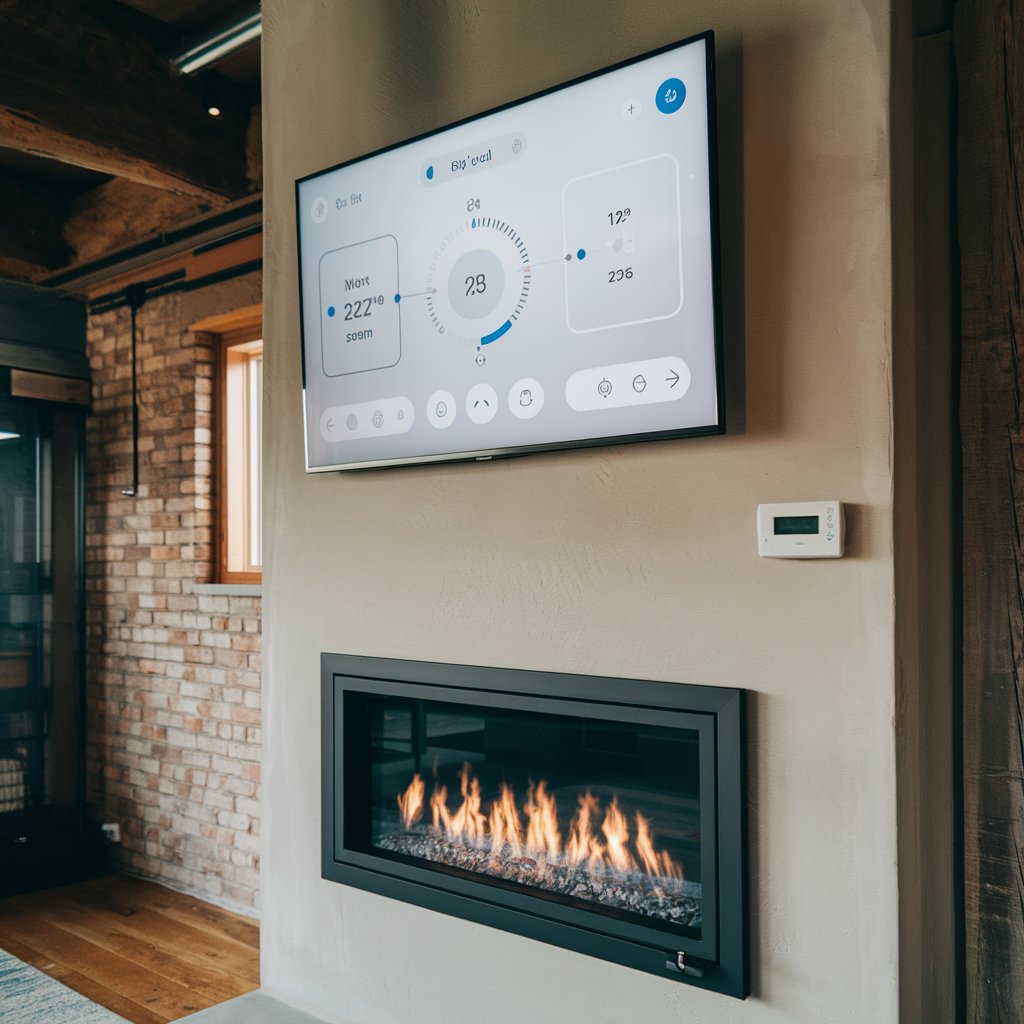The hearth industry is experiencing remarkable growth, fueled by the integration of smart technology that is revolutionizing traditional heating solutions. Once primarily focused on the warm ambiance of fireplaces and the rustic charm of wood-burning stoves, this sector is now embracing digital advancements. As consumers increasingly adopt smart home devices, manufacturers are innovating to meet new expectations. This article delves into how smart technology is reshaping the hearth industry, highlighting trends, consumer preferences, and the future landscape of this dynamic market.
Hearth Industry Growth :
The Hearth Industry is expected to reach USD 13.4 billion by 2029 from USD 10.9 billion in 2024, at a CAGR of 4.2% during the 2024–2029 period. The major factors driving the market growth of the hearth Hearth Industry include rising application in hospitality industry. Additionally, the ongoing technological advancements, rising interest in outdoor hearth products, and visually appealing designs in hearth products provide growth opportunities to the market players.
The Rise of Smart Hearth Products
Smart hearth products are a key driver of growth in the hearth industry, representing a significant evolution in how heating solutions are designed and utilized. Innovations range from app-controlled fireplaces to smart thermostats that optimize heating efficiency, allowing homeowners to effortlessly manage their environments. Key features contributing to this growth include:
- Remote Control: With smart technology, users can now start, stop, and adjust their fireplaces or stoves from anywhere, significantly enhancing convenience. This remote capability is particularly appealing to tech-savvy consumers who value flexibility in managing their home settings.
- Energy Efficiency: Smart hearth products often incorporate advanced features that monitor and optimize energy usage. This focus on efficiency not only helps reduce environmental impact but also lowers utility bills, appealing to eco-conscious consumers. Such benefits are critical as the hearth industry grows to meet demands for sustainability.
- Safety Features: Enhanced safety mechanisms—like automatic shut-off options and alerts for irregular conditions—are vital in modern hearth products. These features ensure peace of mind for homeowners, especially those with children or pets, thereby driving growth in the sector by addressing consumer safety concerns.
- Integration with Smart Home Systems: The ability to integrate hearth products with existing smart home ecosystems is a significant trend in hearth industry growth. Consumers appreciate the seamless control of multiple devices, enhancing their overall home automation experience.
Download PDF Brochure @
https://www.marketsandmarkets.com/pdfdownloadNew.asp?id=37538589

Changing Consumer Preferences
As the hearth industry experiences growth, consumer preferences are evolving. Homeowners are seeking products that provide not only traditional warmth but also align with their tech-oriented lifestyles. Key trends reflecting this shift include:
- Customization: Modern consumers desire personalized heating experiences, and smart technology delivers. Homeowners can adjust flame size, heating schedules, and more, leading to a more tailored approach that enhances satisfaction and drives sales in the hearth industry.
- Aesthetics and Design: A growing focus on interior design means that consumers prioritize products that complement their homes. Smart hearth products often feature sleek, contemporary designs that serve as statement pieces, boosting their appeal in the competitive hearth industry.
- Sustainability: With an increasing emphasis on environmental responsibility, consumers are gravitating towards energy-efficient options. Smart technology facilitates better fuel management, making heating solutions more sustainable and thus supporting growth in the hearth industry.
Industry Impact and Future Trends
The integration of smart technology within the hearth industry is not merely a trend; it signifies a transformative period for how heating solutions are developed, marketed, and utilized. The impacts of this shift include:
- Increased Market Competition: The surge in smart hearth products is fostering heightened competition among manufacturers, driving innovation. As more companies enter the market, the breadth of offerings increases, contributing to overall hearth industry growth.
- Enhanced Customer Engagement: Smart technology fosters a direct connection between manufacturers and consumers. Many brands leverage apps to engage customers, providing maintenance tips, usage analytics, and direct support, which enhances brand loyalty and drives growth in the hearth industry.
- Evolving Sales Channels: The rise of e-commerce and online sales, accelerated by smart technology, is reshaping how consumers interact with the hearth industry. Homeowners can now research, compare, and purchase hearth products online, often benefiting from virtual consultations and seamless delivery options.
The hearth industry is at a pivotal crossroads, with smart technology driving significant growth and transformation. As consumer preferences shift towards convenience, efficiency, and design, manufacturers who embrace innovation are well-positioned for success. The future of the hearth industry is bright, characterized by smarter, more efficient, and aesthetically pleasing products that redefine the traditional hearth experience. As we look ahead, the combination of warmth and technology will continue to unlock new opportunities, ensuring that the hearth remains a central and cherished feature in homes for years to come. The growth trajectory of the hearth industry signals a promising era where tradition meets modernity, paving the way for a sustainable and technologically advanced future.
The report profiles key Hearth players such
- HNI Corp. (US),
- Glen Dimplex (Ireland),
- Napoleon (Canada),
- Travis Industries Inc. (US),
- HPC Fire Inspired (US),
- Jøtul (Norway),
- Montigo (Canada),
- Stove Builder International (Canada),
- Innovative Hearth Products (US) and
- Empire Comfort Systems (US).
